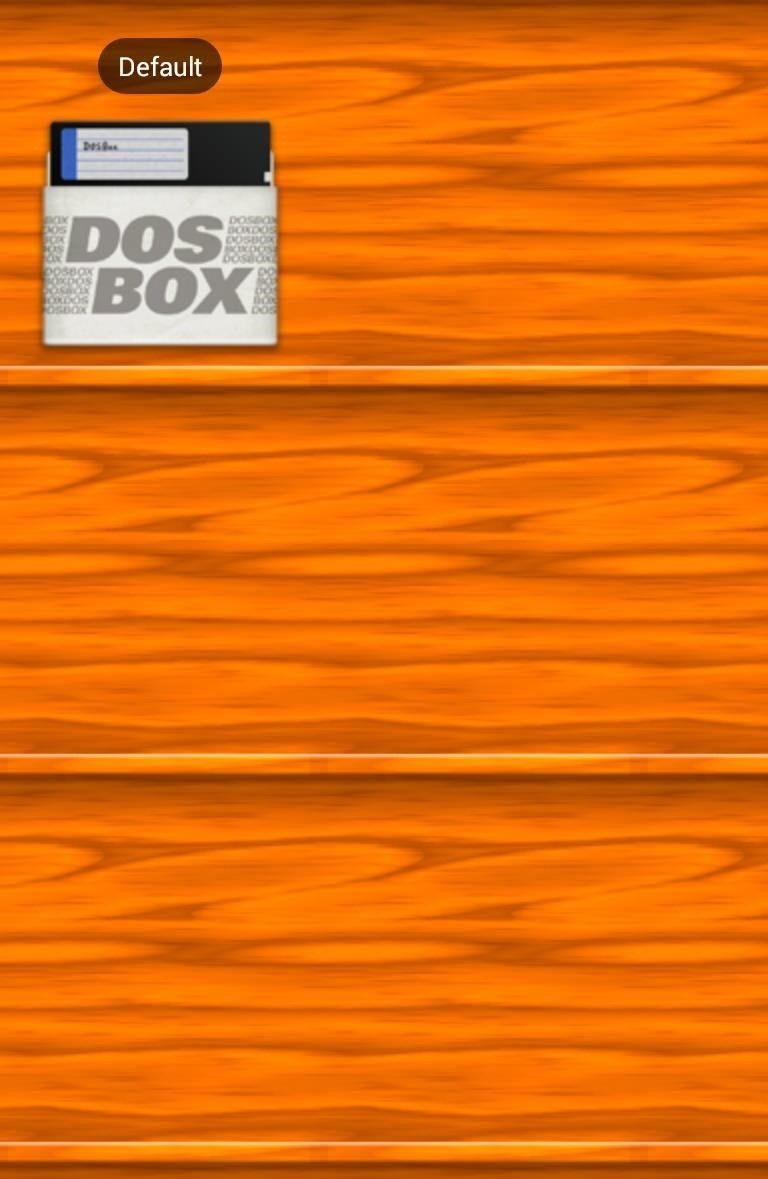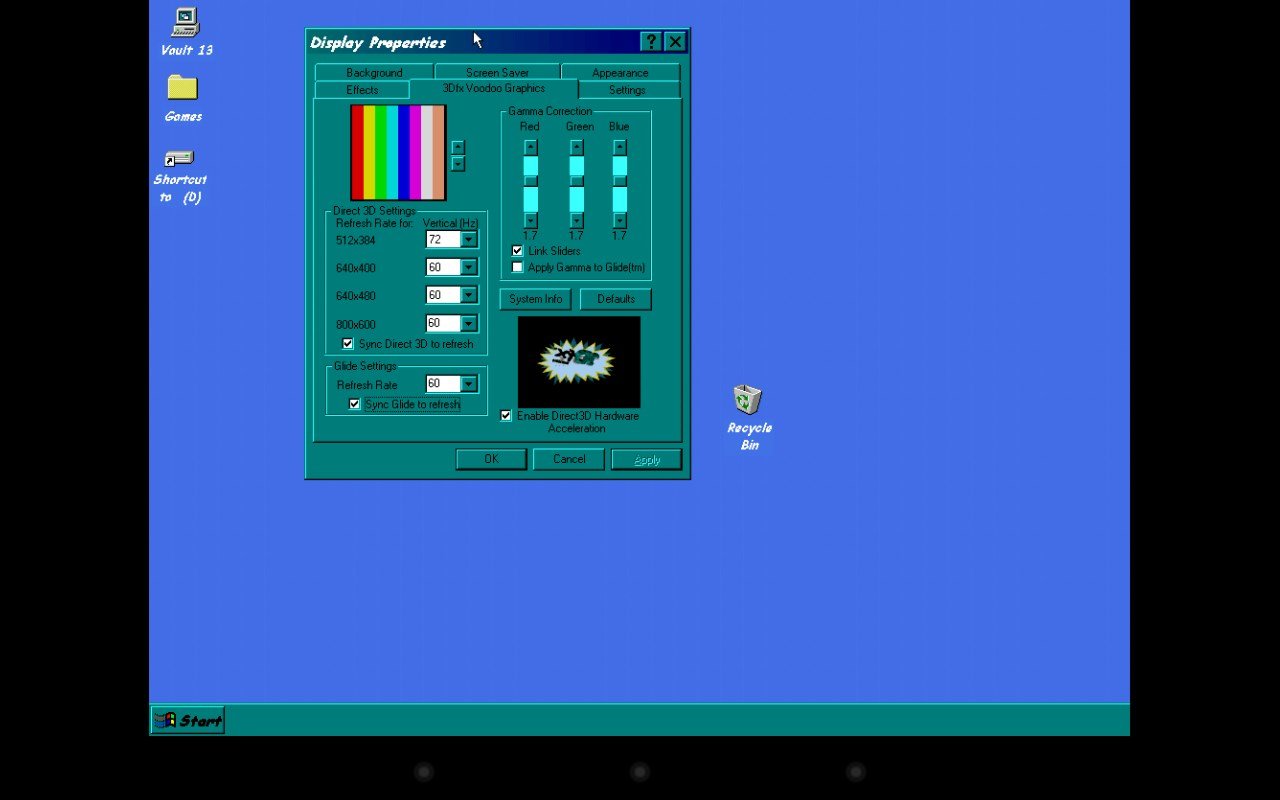


A version that works with AdPlay can be found here :ĪdPlay will play IMF files and DRO version 1 without a problem, so either should work as a solution. For this reason, a 386 or better is required for playback. You will also need a DPMI extender to run AdPlay, and the one this program expects is called csdpmi.

Additionally, there is a program called DRO2IMF, which will convert DRO version 1 and 2 files into the IMF format that Apogee games use. More than just trimming DRO files, the DRO Trimmer program can also convert DRO version 2 files into DRO version 1 files. However, the DOS port of AdPlay was last updated in 2007 and thus only supports DRO version 1 files. It also supports various tracker formats and Roland ROL and Creative Labs' CMF formats. It can play just about every OPL file format out there, including proprietary formats from Sierra, LucasArts, Origin, Apogee and Westwood. The mainstay of playing Adlib files in DOS on real hardware is a program called AdPlay, based on the AdPlug library. Nor do I know of any utilities that would convert DRO into a tracker-friendly format like S3M. If you want to use fade-ins and fade-outs or other more sophisticated editing techniques, you will need to use a tracker. Get it here :Īs its name implies, DRO Trimmer is a bare-bones trimmer. It also functions as a player for either type of DRO version file. The program DRO Trimmer v4r4 will work with version 1 or 2. The track may loop and you will need to delete the repeated portion, or a second track may immediately segue from a first track, and you want the tracks separate.
#HOW TO USE DOSBOX TURBO PATCH#
I recommend using a current SVN build with the following patch applied (use the patch as given in the latest post) :Īs you might guess, capturing OPL music from a game may not always give a clean track. Since most people intend to use DOSBox 0.74 or SVN, I have put together this guide to software. 0.73 or higher will only create DRO version 2 files. If you use DOSBox 0.72 or below (feature has been present since 0.63), then DRO version 1 files will be created. For the differences between the two formats, they can be found here :
#HOW TO USE DOSBOX TURBO SOFTWARE#
However, beginning with 0.73, released on May 27, 2009, DOSBox updated its DRO capture format to version 2, which is incompatible with any software written for version 0.1 (formerly known as 1.0). Fortunately, the capturing does not begin until the first OPL reads and writes are detected, so there will not be a lot of silent dead time. dro extension, which stands for DOSBox Raw OPL format. dro file and play it back on real hardware. Another advantage is that you are not capturing a wav file of an emulated OPL2/3, you can take this. One of the biggest advantages to this format is that the resulting files are quite small, maybe 6-7K for a single track or song. The capture feature supports OPL2, dual OPL2 and OP元. One of DOSBox's best features is its ability to capture raw OPL commands and data with timing data to preserve as perfectly as possible the music data for Adlib and Sound Blaster cards.


 0 kommentar(er)
0 kommentar(er)
